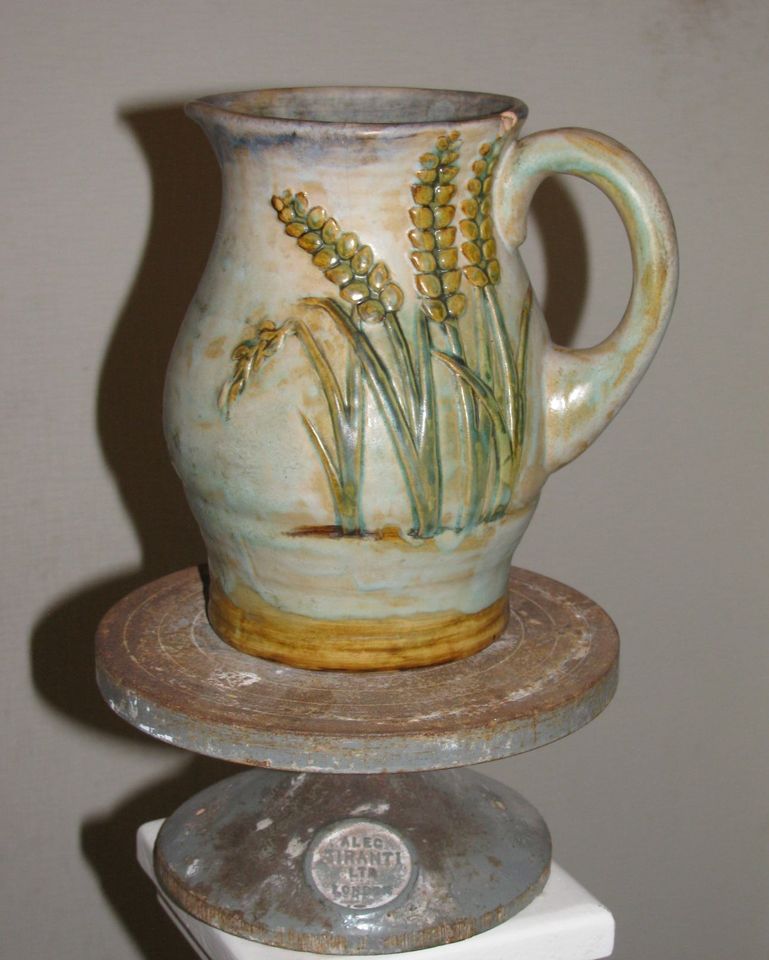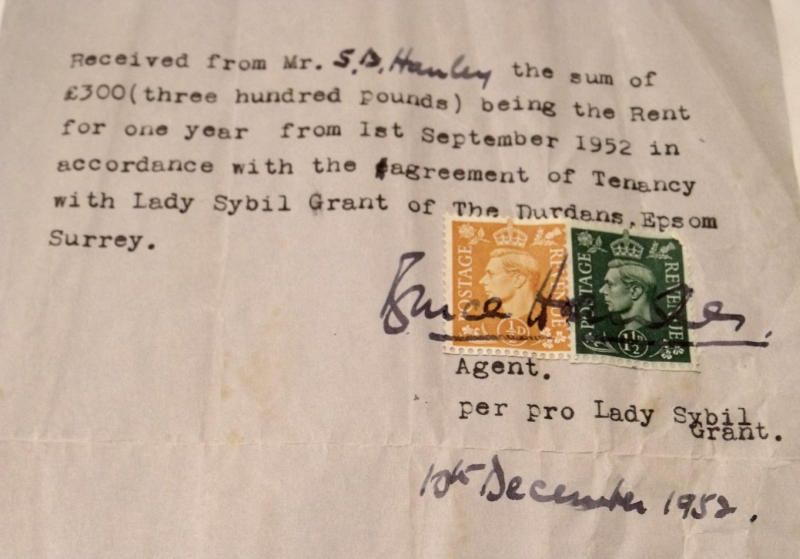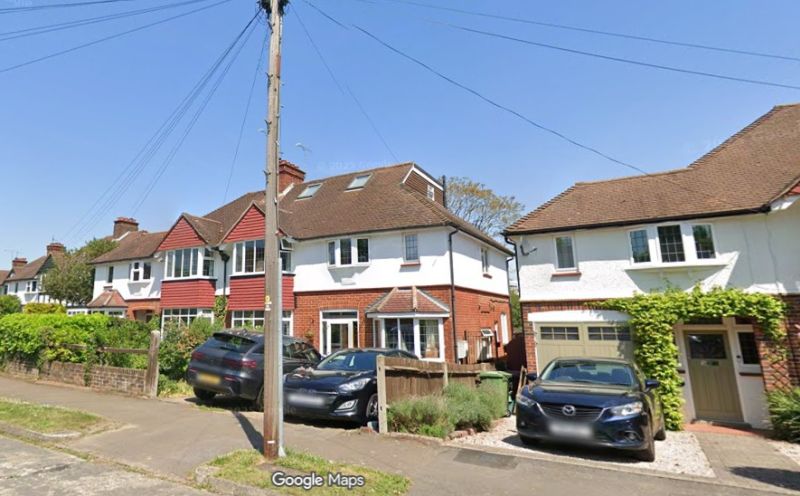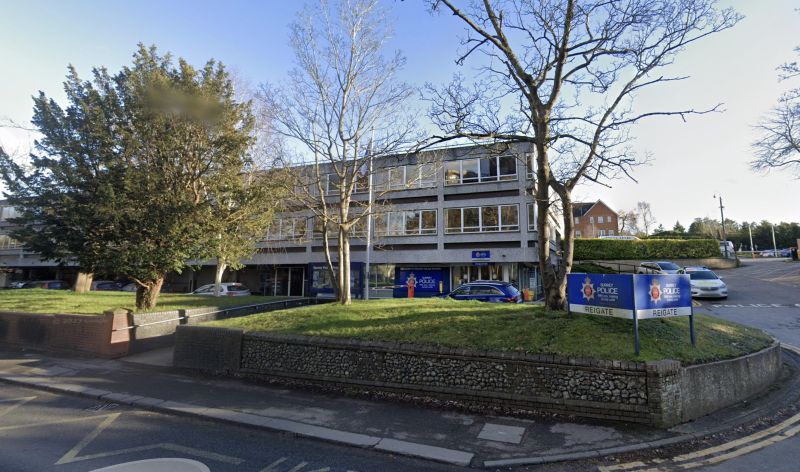Daughter of Lord Rosebery who helped Derby Gypsies
Born on 18 September 1879, Lady Sybil Myra Caroline Grant (nee Primrose) was the daughter of Lord Rosebery, the Epsom resident and Liberal Prime Minister from 1894 to 1895 and Hannah de Rothschild.
Lady Sybil married a regular soldier, Sir Charles John Cecil Grant of the Grant’s whisky family on 28 March 1903, at Christ Church, Epsom Common where the Rosebery family worshipped.
She was a successful writer, ceramic designer, artist and breeder of horses and rare dogs who inherited The Durdans in Chalk Lane, Epsom upon the death of her father in 1929 and made it her home.
During the First World War, she contributed to the Princess Mary’s Gift Book which was a book of collected illustrated stories written by leading authors of the time such as J M Barrie, A Conan Doyle and Rudyard Kipling. The book was sold to help raise money for the war effort.

After WW1 Lady Grant raised money for disabled servicemen through a series of activities which included organising a fete each year at The Durdans. There her pottery (and that crafted by disabled soldiers) was sold for the disabled soldiers’ benefit.
The banding wheel used to decorate ceramics shown in the photo dates to circa 1950 and came from Jo’s Household Clearances in Ewell with a receipt signed on behalf of Lady Sybil Grant for land rented out to an Epsom racehorse trainer.

Lady Sybil Grant was a passionate campaigner and sought to champion the underdog. In 1937, a new set of by-laws were (presumably) promulgated by the newly chartered Epsom Council. (The Epsom and Walton Downs Conservators was created in 1984.) The regulations prohibited gypsy caravans from being sited on Epsom Downs. Lady Grant then provided gypsies with a field on her own land where they were legally permitted to stay for Derby week.
In June 1938 the Epsom gypsies decorated Lady Grant’s grandstand box with 700 artificial flowers to show their gratitude, an act that highlighted the close bond of friendship that had developed between the parties. Sybil in later life spent much of her time in a caravan as she grew increasingly eccentric prior to her death on 25 February 1955.
My research suggests that the banding wheel once belonged to the multi-talented Lady Sybil Grant who spent a full and active life devoted to helping others less fortunate than herself.
After her death, among other things, a collection of maps of Epsom were lodged with the National Library of Scotland; no doubt on account of the family’s various ties of an hereditary, electoral and property nature to Scotland
Perhaps Lady Sybil Grant deserves greater recognition than she currently receives.














